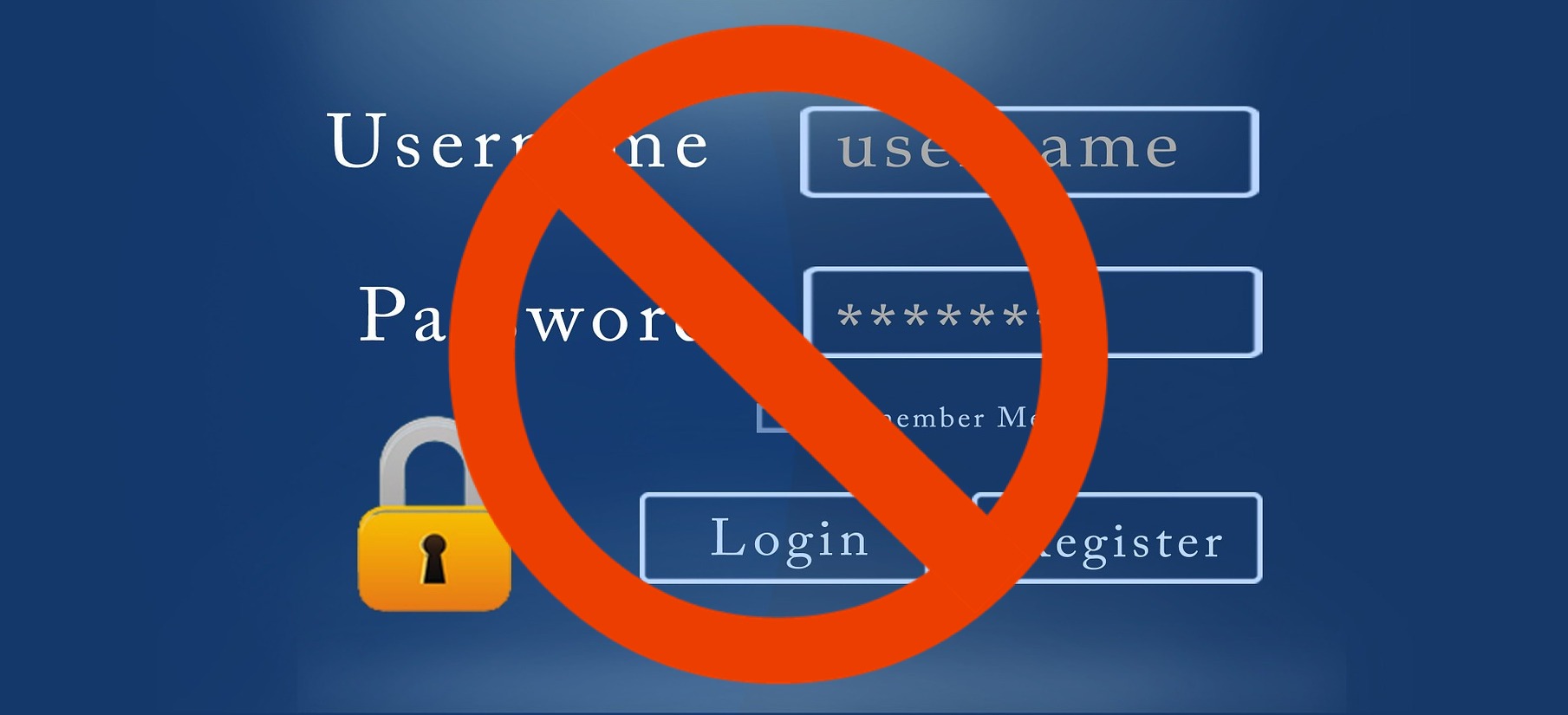Summary
Passwords are ruining the web with awful, lengthy, and inconsistent user experiences. They're insecure and lead to data breaches. The good news is there are good ways for web sites to be passwordless. If you hate passwords, build the world you want to live in.

Compare, for a moment, your online, web experience at your bank with the mobile experience from the same bank. Chances are, if you're like me, that you pick up your phone and use a biometric authentication method (e.g. FaceId) to open it. Then you select the app and the biometrics play again to make sure it's you, and you're in.
On the web, in contrast, you likely end up at a landing page where you have to search for the login button which is hidden in a menu or at the top of the page. Once you do, it probably asks you for your identifier (username). You open up your password manager (a few clicks) and fill the username and only then does it show you the password field1. You click a few more times to fill in the password. Then, if you use multi-factor authentication (and you should), you get to open up your phone, find the 2FA app, get the code, and type it in. To add insult to injury, the ceremony will be just different enough at every site you visit that you really don't develop much muscle memory for it.
As a consequence, when I need somethings from my bank, I pull out my phone and use the mobile app. And it's not just banking. This experience is replicated on any web site that requires authentication. Passwords and the authentication experience are ruining the web.
I wouldn't be surprised to find businesses abandon functional web sites in the future. There will still be some marketing there (what we used to derisively call "brochure-ware") and a pointer to the mobile app. Businesses love mobile apps not only because they can deliver a better user experience (UX) but because they allow business to better engage people. Notifications, for example, get people to look at the app, giving the business opportunities to increase revenue. And some things, like airline boarding passes, just work much better on mobile.
Another factor is that we consider phones to be "personal devices". They aren't designed to be multi-user. Laptops and other devices, on the other hand, can be multi-user, even if in practice they usually are not. Consequently, browsers on laptops get treated as less insecure and session invalidation periods are much shorter, requiring people to login more frequently than in mobile apps.
Fortunately, web sites can be passwordless, relieving some of the pain. Technologies like FIDO2, WebAuthn, and SSI allow for passwordless user experiences on the web as well as mobile. The kicker is that this isn't a trade off with security. Passwordless options can be more secure, and even more interoperable, with a better UX than passwords. Everybody wins.
Notes
- This is known as "identifier-first authentication". By asking for the identifier, the authentication service can determine how to authenticate you. So, if you're using a token authentication instead of passwords, it can present that next. Some places do this well, merely hiding the password field using Javascript and CSS, so that password managers can still fill the password even though it's not visible. Others don't.
Photo Credit: Login Window from AchinVerma (Pixabay)




